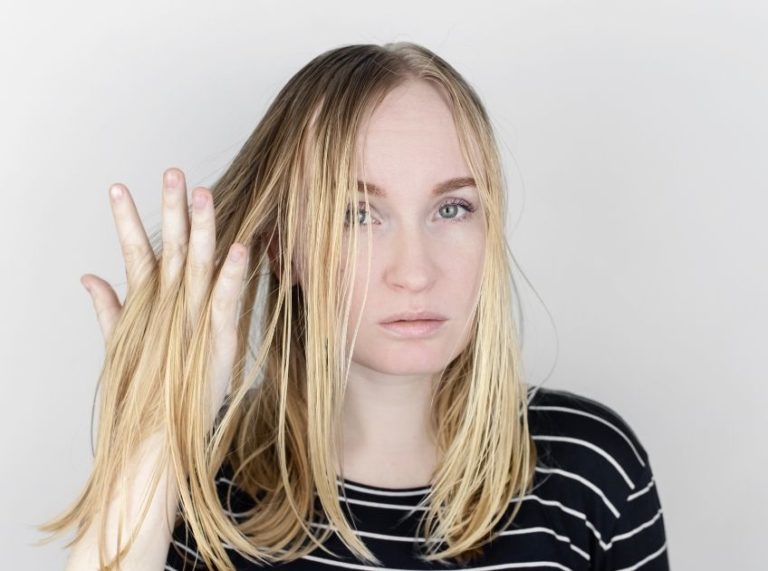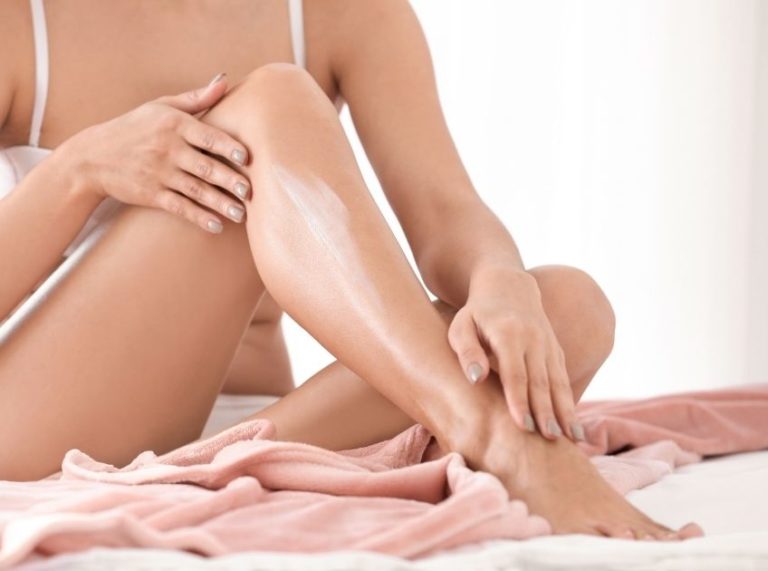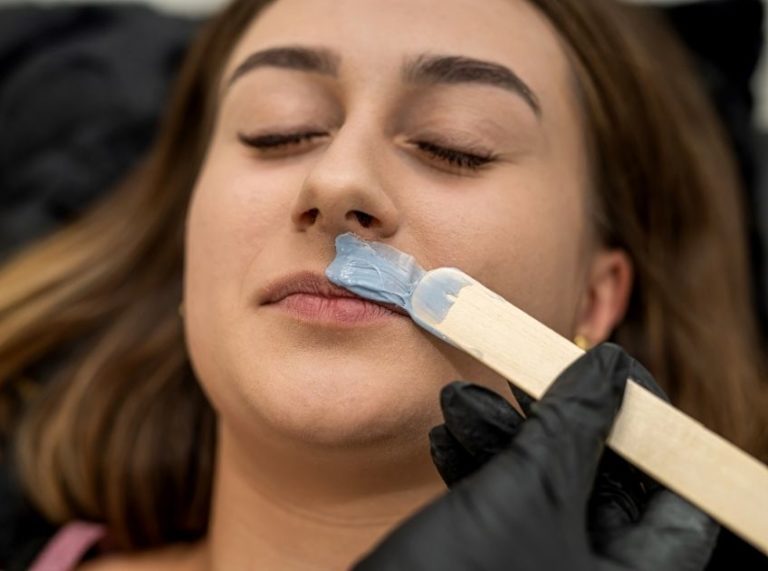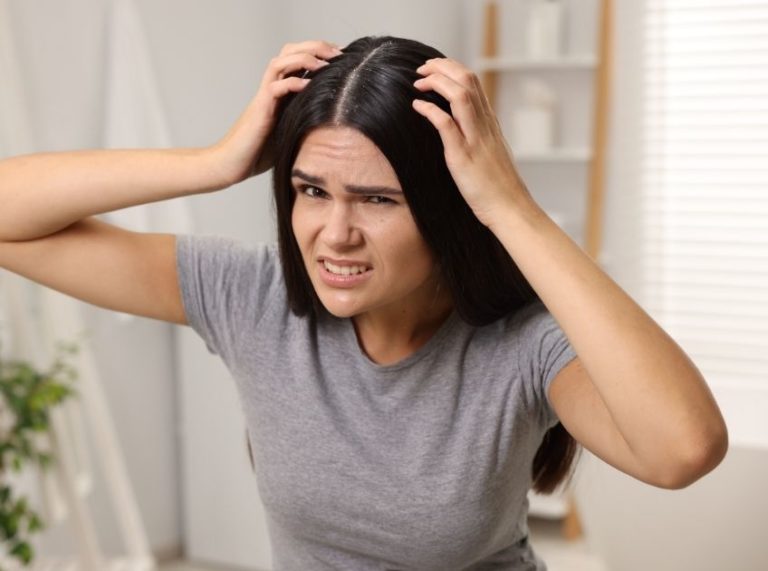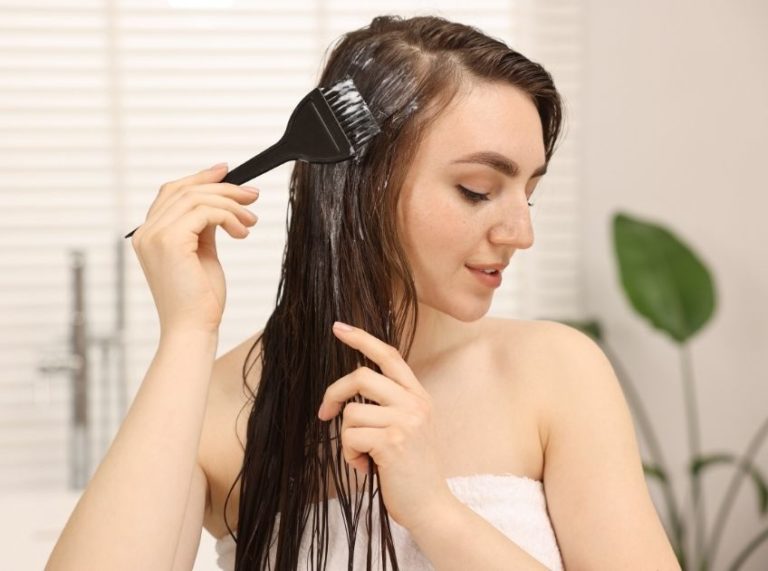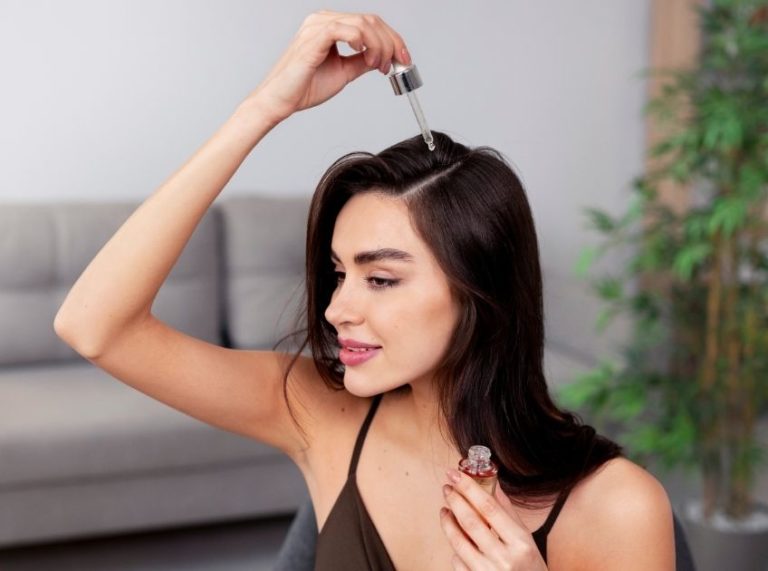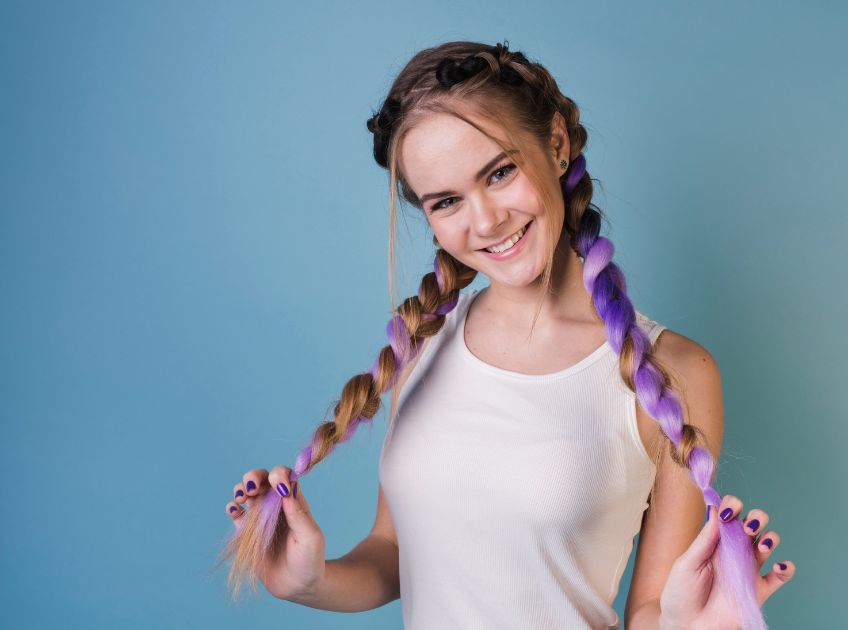
Important: This article is for informational purposes only. Please read our full disclaimer for more details.
Bouncy curls without a curling iron? Yes, please! Heatless curls have become a beauty staple for those seeking to style their hair while avoiding the dryness, breakage, and split ends associated with regular heat styling. According to research published in the Journal of Cosmetic Science, repeated heat exposure can cause irreversible cuticle damage, weaken keratin proteins, and dehydrate hair fibers (1)(2).
Heatless curling methods — from satin ribbons to braids — work by setting hair in a new shape while it’s damp, allowing hydrogen bonds in the hair shaft to realign as it dries. This means you can achieve those dreamy curls without frying your strands. But, to make them work beautifully, there are some key dos and don’ts to follow.
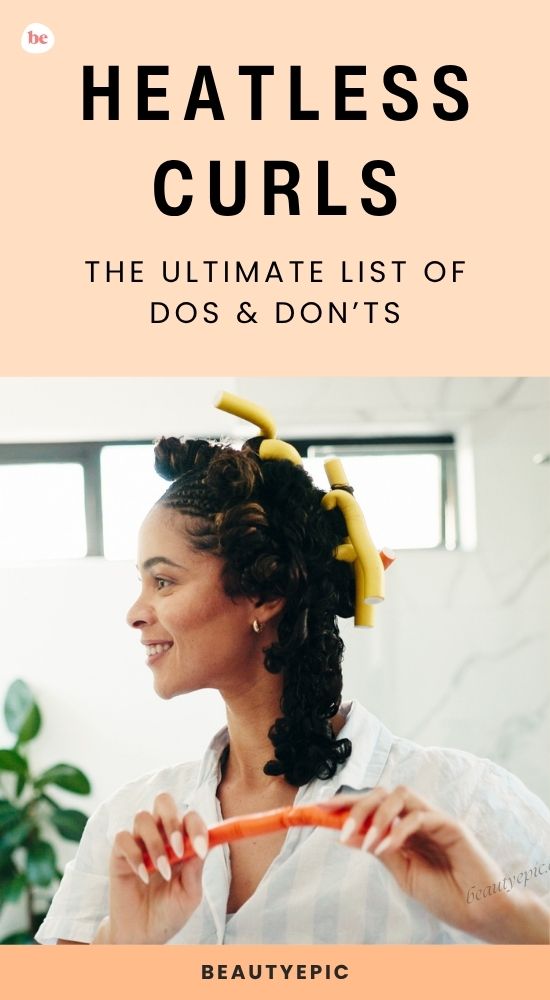
The Do’s: How to Nail the Perfect Heatless Curl
1. Do Start with Damp, Not Wet Hair
Heatless curls work best when hair is slightly damp, not freshly washed and dripping. This is because hydrogen bonds in hair are more flexible when damp, allowing them to reshape more easily as the hair dries. If your hair is too wet, it will take much longer to dry and might lose its curl shape under the weight of excess water.
On the other hand, starting with completely dry hair won’t give the curls enough hold. Aim for about 70–80% dry — you can air-dry for a while after washing or lightly mist dry hair with water.
2. Do Use a Lightweight Styling Product
The right product is the secret to curls that last past lunchtime. A small amount of mousse, curl cream, or setting spray helps hold the curl pattern while adding softness and shine. Look for formulas with polyquaternium (reduces frizz and improves curl definition) or hydrolyzed proteins (strengthens and smooths the cuticle). Avoid anything too heavy — we want bounce, not flatness.
3. Do Choose the Right Curling Method for Your Hair Type
Not all heatless curling methods give the same results, and hair type plays a big role:
- Fine Hair: Use soft foam rollers or satin ribbons for a gentle lift without flattening the roots.
- Thick Hair: Opt for braids, sock curls, or chunky flexi rods to create more defined, lasting curls.
- Naturally Wavy Hair: Loose twists or plaits will enhance your existing wave pattern without over-tightening.
Experiment with different techniques until you find the one that suits your texture and curl goals.
4. Do Protect Hair with Satin or Silk
Friction is the enemy of smooth curls. Wrapping your hair in satin or silk while it sets — or sleeping on a satin pillowcase — reduces friction, helping curls hold their shape while keeping frizz under control. Cotton pillowcases can absorb moisture from hair, leaving it dry and fuzzy by morning, but satin and silk help retain hydration.
5. Do Give It Time
Heatless curls are a slow beauty ritual. The longer your hair has to dry and set, the longer the curls will last. For best results, leave them in overnight or at least 4–6 hours. If you’re short on time, you can speed things up slightly by using a cool blow-dry setting for a few minutes — just make sure you’re not applying heat directly to the hair.
The Don’ts: Avoid These Heatless Curl Mistakes
1. Don’t Wrap Hair Too Tightly
Pulling hair too tightly around rollers, rods, or ribbons may seem like it will create tighter curls, but it can cause breakage, scalp tension, and even hair loss over time (traction alopecia). Keep the tension snug but comfortable, especially near the roots.
2. Don’t Skip Detangling
Tangled hair won’t curl evenly and may leave you with messy, uneven sections. Always detangle with a wide-tooth comb or a gentle detangling brush before styling. This helps the curl pattern stay smooth and uniform.
3. Don’t Use Heavy Products
Heavy creams, thick oils, or butters may make hair look glossy at first, but they can weigh curls down and make them fall flat quickly, especially in fine hair. Save richer oils for post-curl shine rather than before curling.
4. Don’t Expect the Same Results as Heat Styling
Heatless curls tend to give a softer, more natural finish rather than the structured, red-carpet curls you get from a curling iron. Manage your expectations — the goal is healthy, touchable curls that feel as good as they look.
5. Don’t Rush the Process
Patience is everything. If you take down the curls before they’re completely dry, they’ll lose shape in minutes. Once you remove the curlers or ribbons, separate curls gently with your fingers — avoid brushing, which can create frizz and ruin the definition.
Frequently Asked Questions (FAQ’S)
Q1: How long do heatless curls usually last?
A. With the right prep and products, heatless curls can last 1–3 days. Using a light hairspray or curl refresher can extend their life.
Q2: Can heatless curls damage hair?
A. Not in the same way heat does, but if hair is wrapped too tightly or styled when soaking wet, it can still cause breakage or stress.
Q3: What’s the best method for beginners?
A. The classic robe-belt method is a great starting point — it’s easy, requires no special tools, and works on most hair types.
Heatless curls are proof that you don’t have to sacrifice your hair’s health for beautiful style. By starting with damp hair, using the right tools, and avoiding common mistakes, you can enjoy soft, voluminous curls that last, all without a curling wand in sight. Your hair will thank you with less breakage, more shine, and that effortless bounce we all love.
